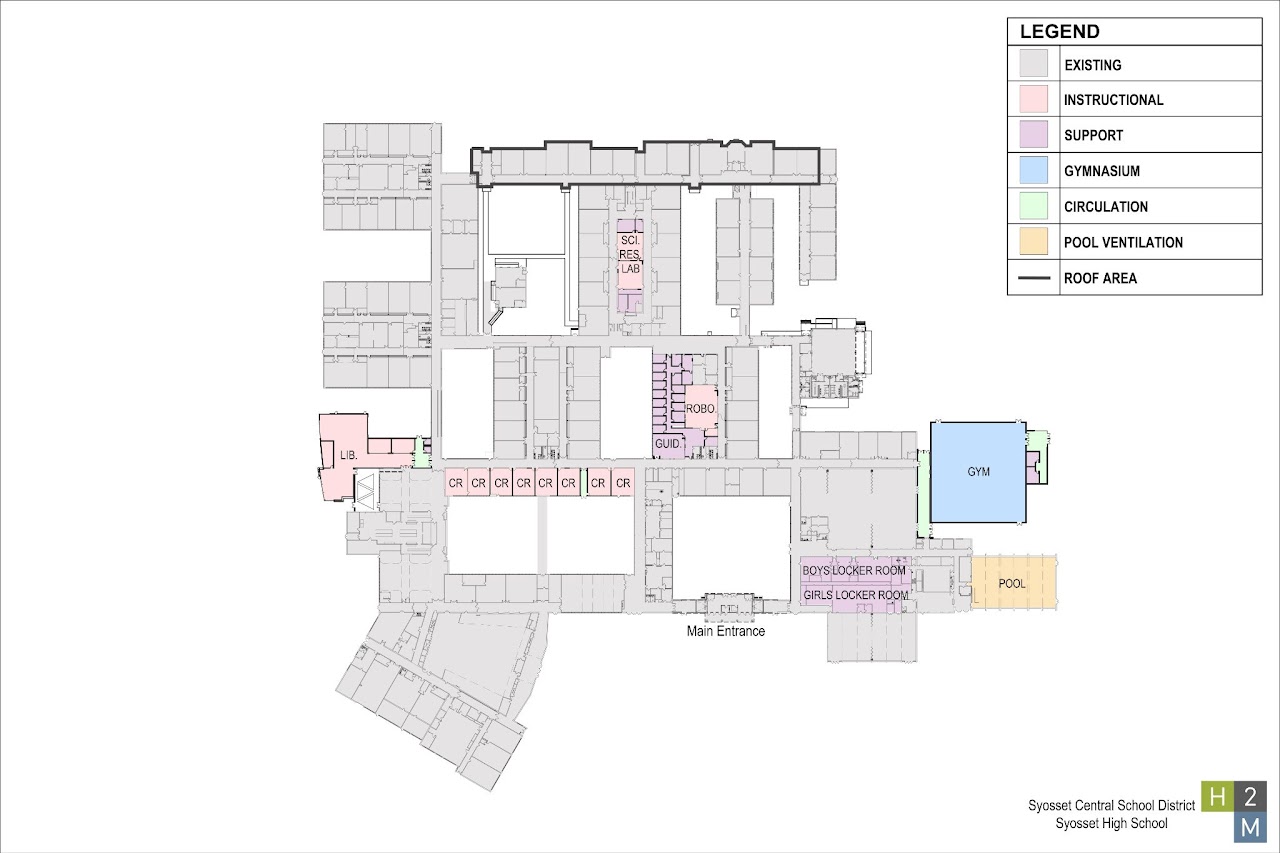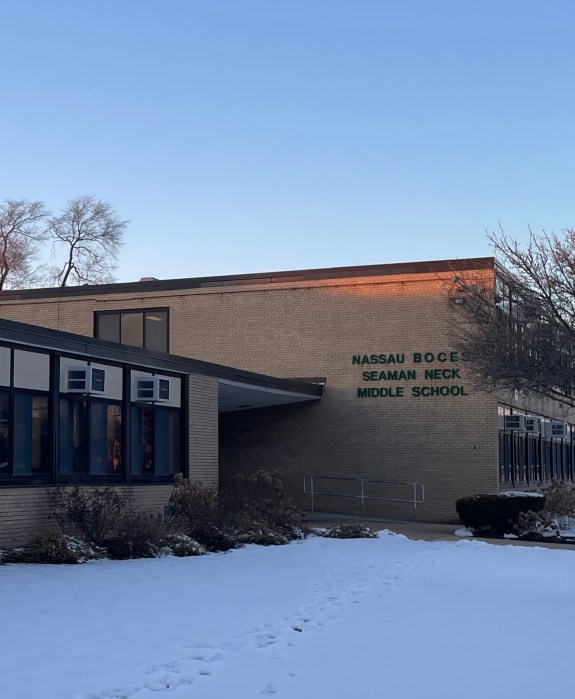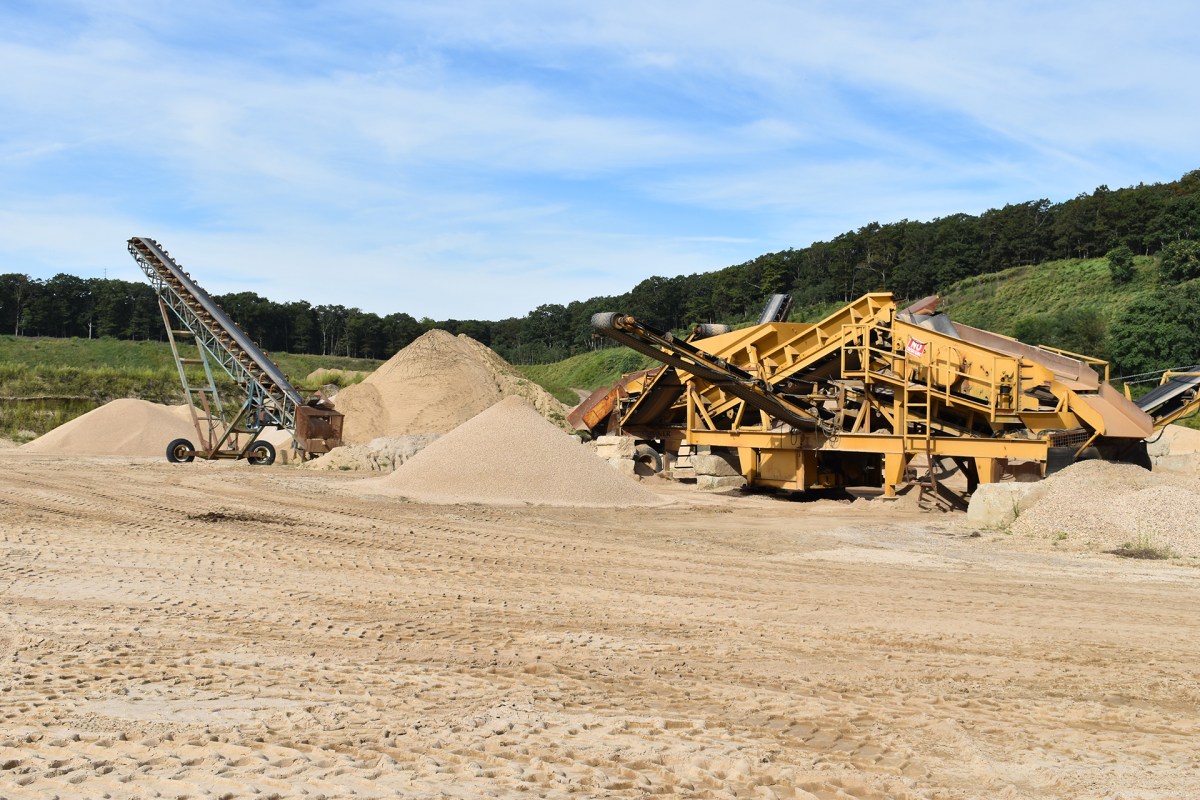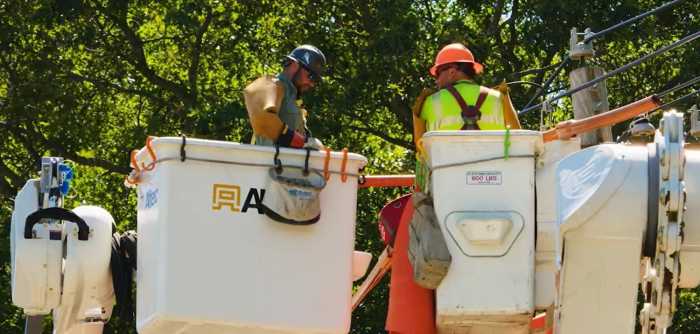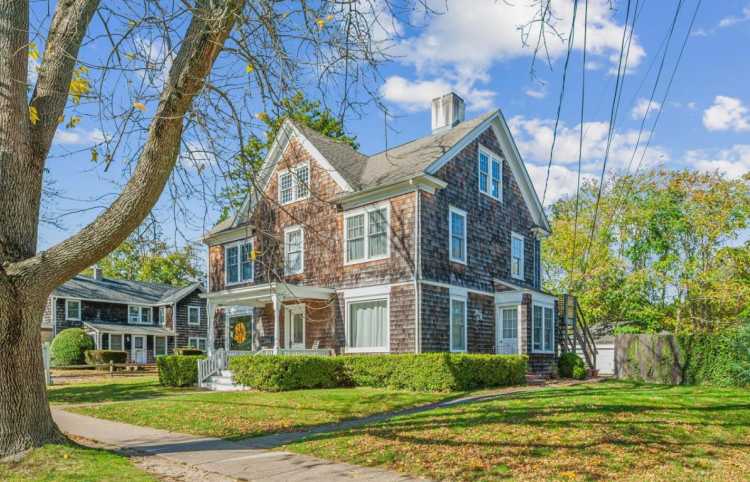Two Syosset school bonds totaling $143.81 million Syosset were approved overwhelmingly by voters on Oct. 1.
Proposition 1, which is $110.59 million, was approved by 1,175 to 883 votes. Proposition 2, which is $33.22 million, was approved by 1,073 to 969 votes.
“Together, these propositions represent a significant investment in our schools’ aging facilities,” said Syosset Superintendent Thomas Rogers.
Construction is expected to begin in the summer of 2026 and take approximately five years, according to district officials.
The approved bond includes building expansions, improved air conditioning units, sports facility additions and security upgrades.
The estimated average change in annual school taxes per $10,000 is $287, according to school officials.
17 portable classrooms will be made permanent additions at district elementary schools, and new gymnasiums and multipurpose rooms will be added. Certain elementary schools will have playground upgrades.
H.B. Thompson Middle School will receive a new vestibule and track and field at its entrance. South Woods Middle School has access to the high school’s track, but HBT does not, which means the gym curriculum is different across both schools.
The high school will receive an additional gymnasium, library, guidance and robotics space, and repairs to the pool, locker rooms, exterior and roofing.
The high school will have the most upgrades due to its size and enrollment.
“The Board of Education spent a year crafting this plan and put a lot of thought into it, and it reflected a lot of community input,’ said Board of Education President Carol Cheng.
“We are pleased to now see that the community has supported the plan that we crafted with its help,” Cheng said.
Rogers said the enrollment of Syosset schools has grown 10% in the last decade and is expected to grow further in the upcoming years.
The recently approved bond “will allow the District to manage its enrollment growth in safe, inviting and accommodating spaces that will serve our students and our community well into the future,” Rogers said.
Additional multipurpose space will accommodate growing class sizes and account for future enrollment. Rogers said that alternative solutions, like rezoning, would not be suitable.
“[Rezoning] won’t solve the problem we need to address,” he said. “Won’t be a long-term solution.”
Rogers said state aid is relatively high right now, meaning the district can maximize the amount of aid it receives.
He said the state currently reimburses 38 cents per $1 on renovations, while it typically is around 16 cents per $1.
“The more work we do now, the more money we get from the state,” Rogers said.
Now that the bond is approved, the district will begin its next steps in the renovation process.
Officials said the district will begin working with a team of architects and engineers to create blueprints for the upcoming renovations. The district expects to start construction in the summer of 2026.
District officials said most construction will be completed during the summer and off-hours to limit classroom disruption. Safety fences will be installed to protect students from construction zones.
The district expects the bulk of construction to be completed in five years.
“With the completion of these projects, our facilities will reflect the same high standards as the programs taking place inside them every day,” Rogers said.
